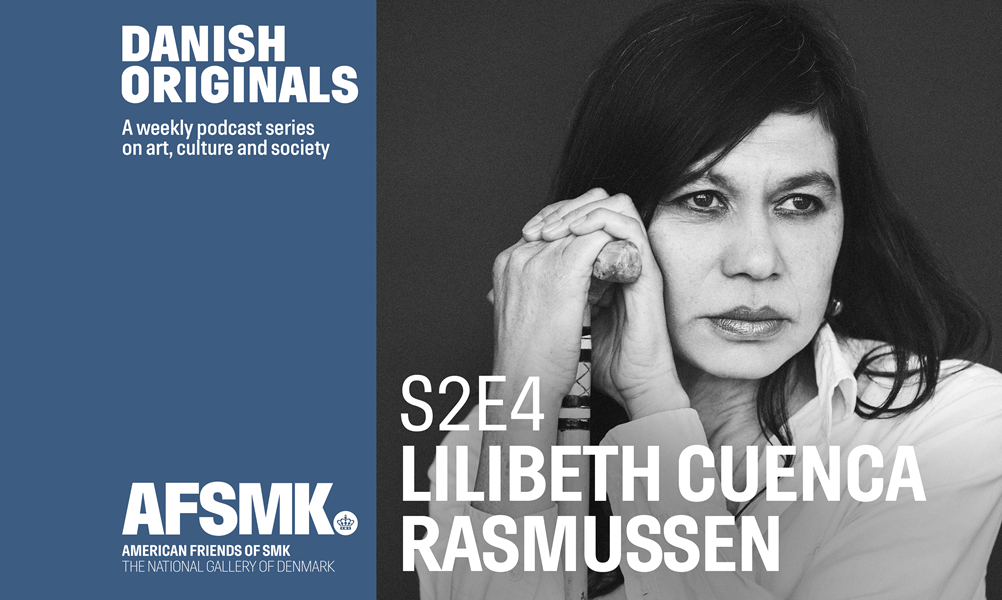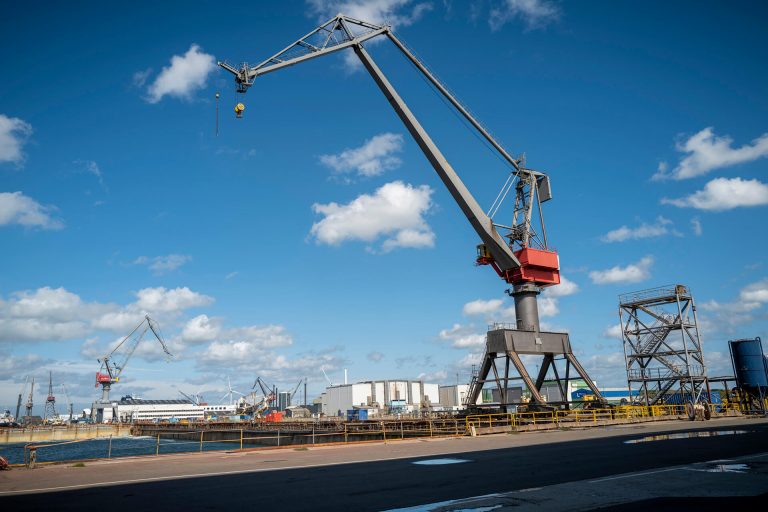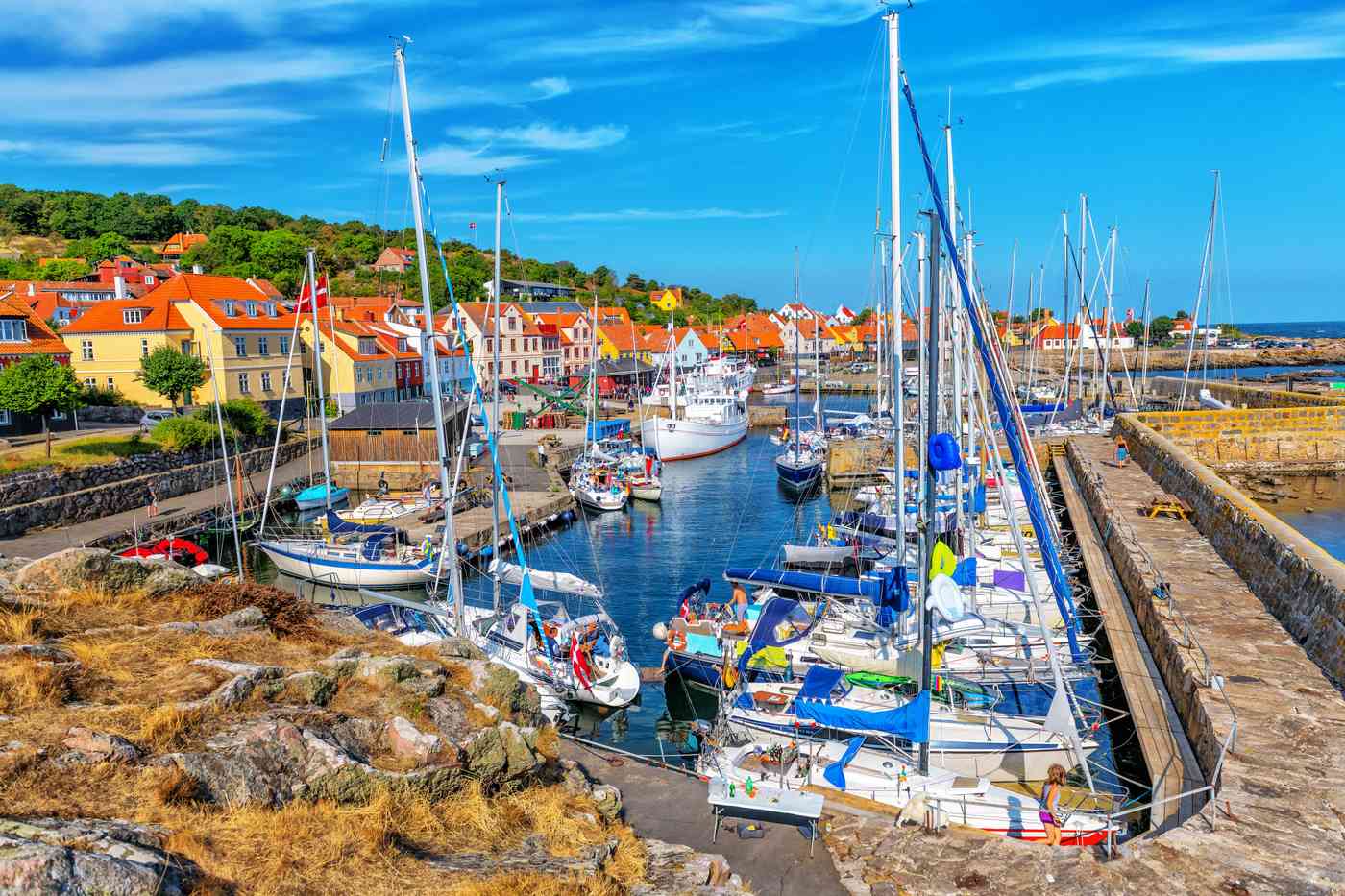“Far out in the ocean the water is as blue as the petals of the loveliest cornflower, and as clear as the purest glass. But it is very deep too. It goes down deeper than any anchor rope will go, and many, many steeples would have to be stacked one on top of another to reach from the bottom to the surface of the sea. It is down there that the sea folk live.”
So begins one of Hans Christian Andersen’s most famous fairy tales: ‘The Little Mermaid’. This fairy tale, reaching new heights of fame with the 1989 Disney animation, is celebrated by the most famous of all Denmark’s tourist attractions. The attraction in question is of course the Little Mermaid statue on Langelinie, which marked its 100-year anniversary in 2013.
The world’s first body double
The small and unimposing bronze statue sits on a rock in the harbour off Langelinie promenade, has a height of 1.25 metres and weighs 175 kg – it’s safe to say many visitors are somewhat underwhelmed by her size at first glance. The statue was commissioned in 1909 by Carl Jacobson, the son of the founder of Carlsberg, as a present to the city of Copenhagen.
Jacobsen was a big ballet fan, and he got the idea for the statue after attending a ballet about the fairy tale at Copenhagen’s Royal Theatre, where he asked the ballerina Ellen Price to model for the statue. The sculptor Edvard Eriksen created the bronze statue, which was unveiled on 23 August 1913. The statue’s head was modelled on Price, just as Carl Jacobsen had wished. However, as the ballerina would not agree to model in the nude, the sculptor’s wife, Eline Eriksen, was used for the body.
Integral to the fairy tale image
The Little Mermaid was not created as a national symbol. In actual fact, in the first decades after its erection, it led a fairly unnoticed existence in the shadow of the nearby Gefion Fountain from the same period, which proved a lot more popular. In the 1930s, however, the Danish tourist board began branding Denmark as a contrast to the increasingly turbulent Europe, painting a picture of a peaceful oasis filled with romance and adventure. It soon became evident that Hans Christian Andersen was popular with tourists, and studies showed that the Little Mermaid received more visitors than even the National Museum.
After the war, in the 1950s, the branding of Denmark as the peaceful fairy tale country really started to gather speed and the new slogan ‘Wonderful Copenhagen’ bedecked posters with drawings of a friendly policeman stopping the traffic to lead a duck and her ducklings over the street. It was during this period that the Little Mermaid became a national symbol, representing Denmark and Danishness. She attained unprecedented popularity and became a must-see for both Danes and foreigners visiting Copenhagen.
The first beheading
Not all Danes, however, could or wanted to identify with the national self-perception and values that the Little Mermaid represented. As she became a symbolic representation of Danishness, she also became a victim of symbolic resistance, and so, on 24 April 1964, the Little Mermaid was decapitated. Her head was simply sawn off with a hacksaw and stolen, and neither the head nor the perpetrators were found, although a lot of rumours circulated.
The trend of creating ‘happenings’ at the time led some people to believe that the Danish artist and provocateur Jørgen Nash was behind the stunt, and Nash himself even came out and claimed to know who the offender was, but refused to reveal the identity. In his memoir from 1997, ‘En havfruemorder krydser sit spor’ (a mermaid killer crosses his tracks), he confessed to be the beheader and wrote that he had thrown her head in Utterslev Mose lake. It has never been proven though, and writing that confession might just have been another happening …
And another one
In 1984, she lost her right arm, but it was returned a couple of days later by two young men. In 1990, an attempt to sever the statue’s head left an 18cm deep cut in her neck, and on 6 January 1998, she was beheaded for the second time. Again, the culprits were never found, but shortly after the beheading they made contact with freelance photographer Michael Forsmark Poulsen, who then contacted the police after photographing the headless statue. Three days later the head was found after the culprits once again contacted Poulsen, who earned close to 100,000 kroner from his photos. Poulsen was then arrested and charged with the vandalism himself, but was released two weeks later. Another Little Mermaid mystery remained unsolved.
Vandalism and political manifestations
The latest act of vandalism against the Little Mermaid happened on 11 September 2003, when she was knocked off her base with explosives and later found in the harbour’s waters. Holes were blasted in her wrist and knee, but once again she was restored and put back on her spot at Langelinie. Apart from having various body parts removed and being blown up, the Little Mermaid has also had paint poured over her several times, been draped in a burka as a statement against Turkey joining the European Union, had a dildo attached to her hand in connection with International Women’s Day, and given a mask and a sign in support of the Russian band Pussy Riot.
In 2006, Copenhagen officials announced that the statue may be moved further out in the harbour, so as to avoid further vandalism and to prevent tourists from climbing onto it. So far this has proven to be an empty threat, and the Little Mermaid is still sitting on her stone at Langelinie, sadly gazing out over the sea while hordes of tourists queue to have their picture taken with her.
A controversial birthday girl
Only once has the Little Mermaid left Langelinie, and that was in 2010 when she represented Denmark at the Expo 2010 in Shanghai. This yet again sparked the debate about her status as a national symbol. “You don’t send a national symbol out of the country” and “The US would never lend out the Statue of Liberty, so why should we lend out the Little Mermaid?” were the reactions from some, while others argued that the sculpture is “a symbol of our worst inferiority complex” and stated that “it is a mystery how this trivial little sculpture can become a national matter”.
Small and unimposing though she is, the Little Mermaid certainly provokes strong feelings among Danes and, like it or not, she is by some distance Denmark’s most famous tourist attraction.














